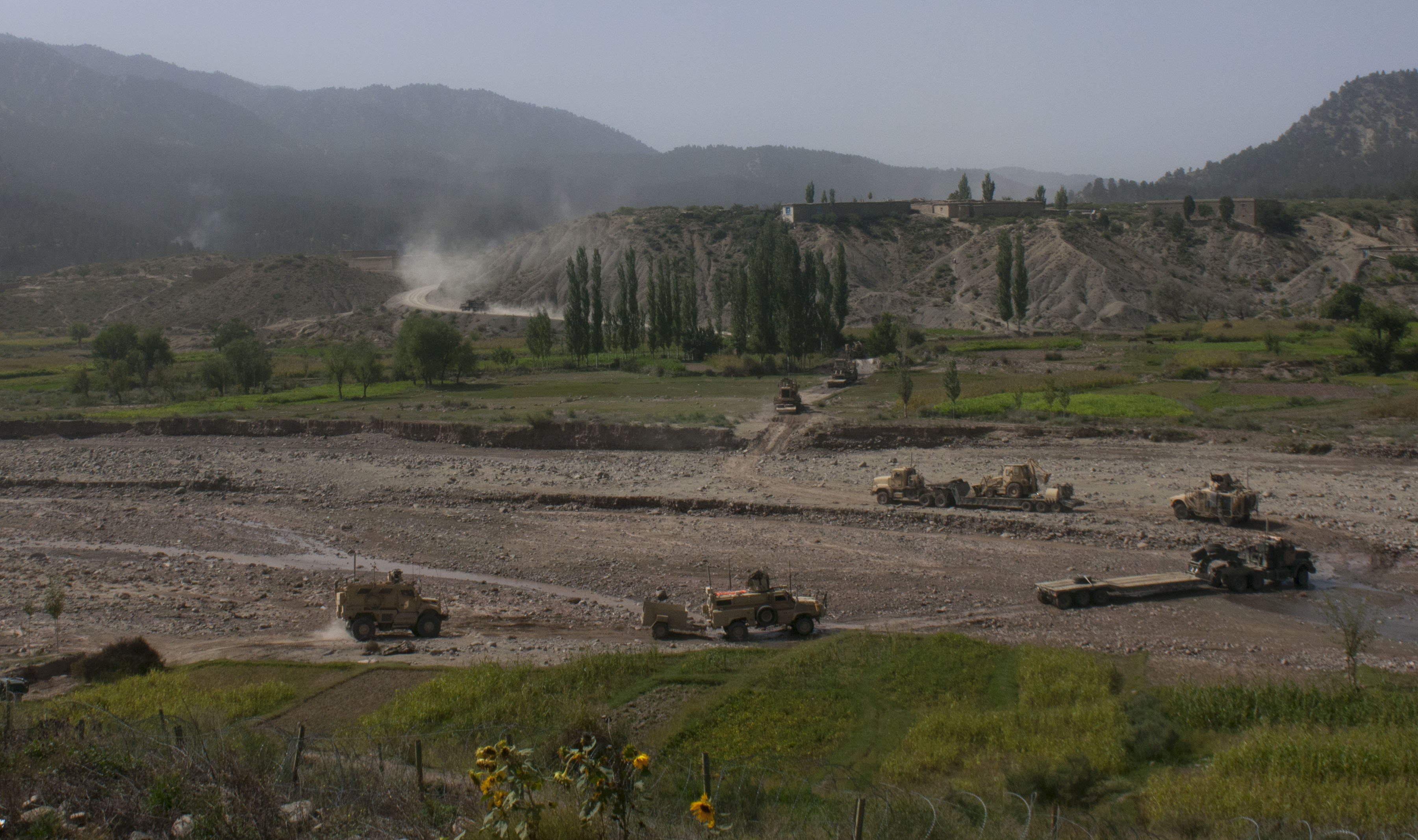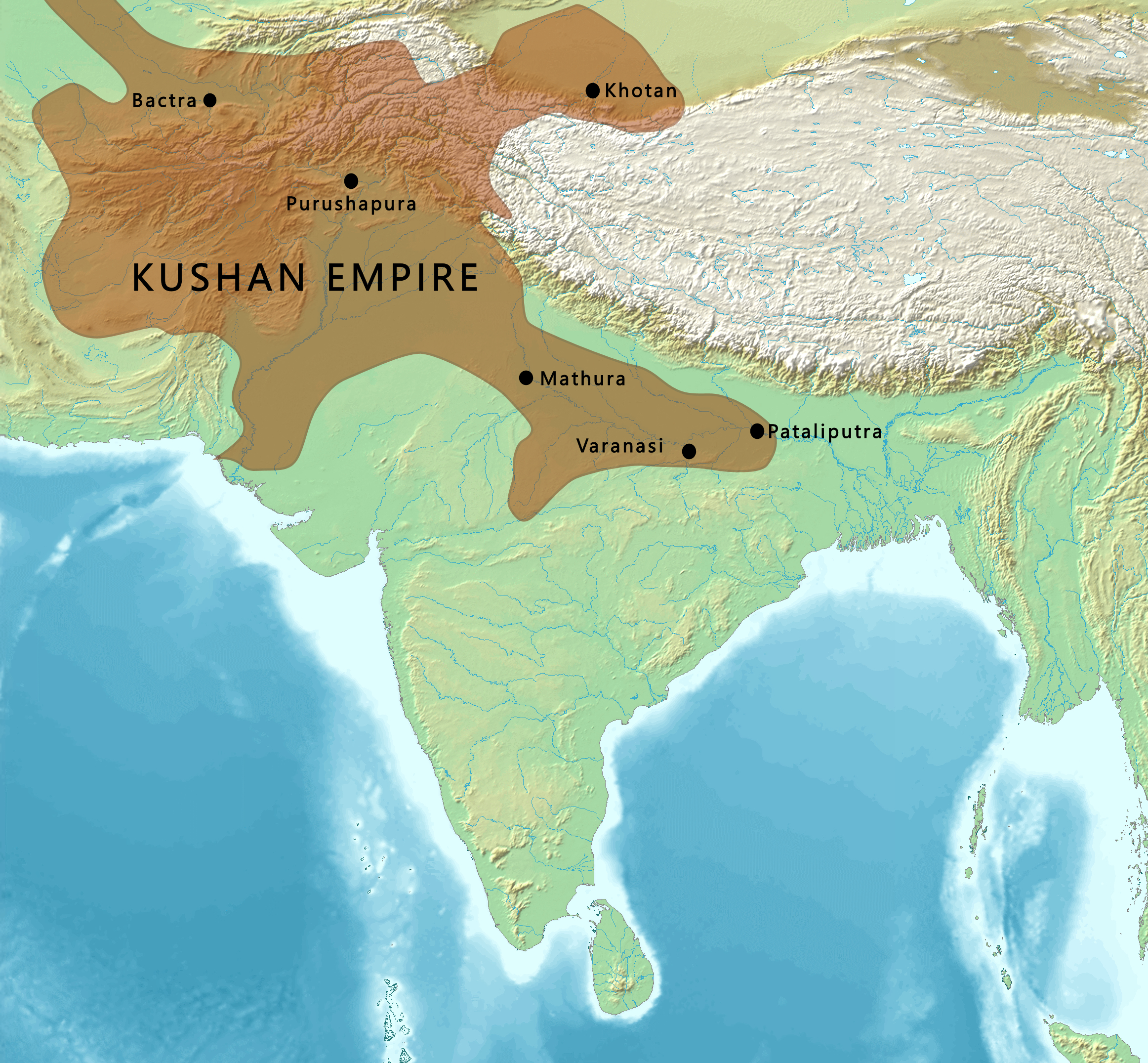|
Urgon District
Urgun ( ps, ارګون ولسوالۍ, fa, ولسوالی ارگون) is a district of the remote Paktika Province in Afghanistan. Administrative seat The administrative seat of this district is the like-named town of Urgun, also known as ''Loy Urgun'', meaning "Greater Urgun". History Urgun town used to be the provincial capital until it was replaced by Sharana in the 1970s due to its proximity to the main highway, connecting it to Kabul, Ghazni, and Kandahar. The Siege of Urgun took place between 1983 and 1984. Demographics The largest tribe in Urgun are the Tajik,formuliPaktika Province Tribal Map (Page 11) Naval Postgraduate School. Other tribes include the Kharoti, Sulaimankhel, and Wazir.Paktika Personalities: An Examination of the Tribes and the Significant People of a Traditional Pashtun Province – Timothy S. Timmons and Rashid Hassanpoor (2007) There are also Uzbeks and Sayed People in smaller numbers. Like many place names in Afghanistan Afghan ... [...More Info...] [...Related Items...] OR: [Wikipedia] [Google] [Baidu] |
Provinces Of Afghanistan
Afghanistan is divided into 34 provinces (, '' wilåyat''). The provinces of Afghanistan are the primary administrative divisions. Each province encompasses a number of districts or usually over 1,000 villages. Provincial governors played a critical role in the reconstruction of the Afghan state following the creation of the new government under Hamid Karzai. According to international security scholar Dipali Mukhopadhyay, many of the provincial governors of the western-backed government were former warlords who were incorporated into the political system. Provinces of Afghanistan Regions of Afghanistan UN Regions Former provinces of Afghanistan During Afghanistan's history it had a number of provinces in it. It started out as just Kabul, Herat, Qandahar, and Balkh but the number of provinces increased and by 1880 the provinces consisted of Balkh, Herat, Qandahar, Ghazni, Jalalabad, and Kabul. * Southern Province – dissolved in 1964 to create Paktia Provi ... [...More Info...] [...Related Items...] OR: [Wikipedia] [Google] [Baidu] |
Paktika Province
Paktika (Pashto/ Dari: ) is one of the 34 provinces of Afghanistan, located in the eastern part of the country. Forming part of the larger Loya Paktia region, Paktika has a population of about 789,000, mostly ethnic Pashtuns. The town of Sharana serves as the provincial capital, while the most populous city is Urgun. In 2021, the Taliban gained control of the province during the 2021 Taliban offensive. Geography Paktika sits adjacent to the Durand Line border between Pakistan and Afghanistan. It is bordered by the Khost and Paktia provinces to the north. The western border is shared with the provinces of Ghazni and Zabul. The South Waziristan and North Waziristan agencies are to the east of Paktika, while Zhob District of the Balochistan province of Pakistan borders it the southeast. The Shinkay Hills run through the center of Paktika; Toba Kakar Range runs along the border with Pakistan. The Southern districts are intermittently irrigated and cultivated, the cente ... [...More Info...] [...Related Items...] OR: [Wikipedia] [Google] [Baidu] |
Capital (political)
A capital city or capital is the municipality holding primary status in a country, state, province, department, or other subnational entity, usually as its seat of the government. A capital is typically a city that physically encompasses the government's offices and meeting places; the status as capital is often designated by its law or constitution. In some jurisdictions, including several countries, different branches of government are in different settlements. In some cases, a distinction is made between the official (constitutional) capital and the seat of government, which is in another place. English-language news media often use the name of the capital city as an alternative name for the government of the country of which it is the capital, as a form of metonymy. For example, "relations between Washington and London" refer to " relations between the United States and the United Kingdom". Terminology and etymology The word ''capital'' derives from the Latin word ... [...More Info...] [...Related Items...] OR: [Wikipedia] [Google] [Baidu] |
Urgun
Urgun ( ps, ارګون) is the main town of the Urgun District of Paktika Province, Afghanistan. With an estimated population of 10,665, TipTopGlobe.com. Urgun is the largest city of Paktika, while Urgun District, with a population of 89,718, is also the most populous district of the province. Urgun historically used to be the capital of Paktika, but in the 1970s, the capital was shifted from Urgun to in the west because Urgun was not easily accessible from the main Kabul–Kandahar Highway. Names The town of Urgun is also called ''Loy Urgun'' ( ...[...More Info...] [...Related Items...] OR: [Wikipedia] [Google] [Baidu] |
Afghanistan
Afghanistan, officially the Islamic Emirate of Afghanistan,; prs, امارت اسلامی افغانستان is a landlocked country located at the crossroads of Central Asia and South Asia. Referred to as the Heart of Asia, it is bordered by Pakistan to the east and south, Iran to the west, Turkmenistan to the northwest, Uzbekistan to the north, Tajikistan to the northeast, and China to the northeast and east. Occupying of land, the country is predominantly mountainous with plains in the north and the southwest, which are separated by the Hindu Kush mountain range. , its population is 40.2 million (officially estimated to be 32.9 million), composed mostly of ethnic Pashtuns, Tajiks, Hazaras, and Uzbeks. Kabul is the country's largest city and serves as its capital. Human habitation in Afghanistan dates back to the Middle Paleolithic era, and the country's Geostrategy, strategic location along the historic Silk Road has led it to being described, pict ... [...More Info...] [...Related Items...] OR: [Wikipedia] [Google] [Baidu] |
Sharana, Afghanistan
Sharana ( ps, ښرنه) or Sharan ( fa, شاران) is the capital of Paktika Province, Afghanistan. It is located at an altitude of 2,200 meters. Its population was estimated to be 2,200 in 2006. The city of Sharana has a population of 15,651 (in 2015) and is located within the heartland of the Sulaimankhel tribe of Ghilji Pashtuns. It has 6 districts and a total land area of 5,893 hectares. The total number of dwellings in this city are 1,739. On 14 August 2021, Sharana was seized by Taliban fighters, becoming the twentieth provincial capital to be captured by the Taliban as part of the wider 2021 Taliban offensive A military offensive by the Taliban insurgent group and other allied militants led to the fall of the Islamic Republic of Afghanistan based in Kabul and marked the end of the nearly 20-year-old War in Afghanistan, that had begun following the .... Climate With an influence from the local steppe climate, Sharana features a cold semi-arid climate (''BSk'') ... [...More Info...] [...Related Items...] OR: [Wikipedia] [Google] [Baidu] |
Kabul
Kabul (; ps, , ; , ) is the capital and largest city of Afghanistan. Located in the eastern half of the country, it is also a municipality, forming part of the Kabul Province; it is administratively divided into 22 municipal districts. According to late 2022 estimates, the population of Kabul was 13.5 million people. In contemporary times, the city has served as Afghanistan's political, cultural, and economical centre, and rapid urbanisation has made Kabul the 75th-largest city in the world and the country's primate city. The modern-day city of Kabul is located high up in a narrow valley between the Hindu Kush, and is bounded by the Kabul River. At an elevation of , it is one of the highest capital cities in the world. Kabul is said to be over 3,500 years old, mentioned since at least the time of the Achaemenid Persian Empire. Located at a crossroads in Asia—roughly halfway between Istanbul, Turkey, in the west and Hanoi, Vietnam, in the east—it is situated in ... [...More Info...] [...Related Items...] OR: [Wikipedia] [Google] [Baidu] |
Ghazni
Ghazni ( prs, غزنی, ps, غزني), historically known as Ghaznain () or Ghazna (), also transliterated as Ghuznee, and anciently known as Alexandria in Opiana ( gr, Αλεξάνδρεια Ωπιανή), is a city in southeastern Afghanistan with a population of around 190,000 people. The city is strategically located along Highway 1, which has served as the main road between Kabul and Kandahar for thousands of years. Situated on a plateau at 2,219 metres (7,280 ft) above sea level, the city is south of Kabul and is the capital of Ghazni Province. Ghazni Citadel, the Minarets of Ghazni, the Palace of Sultan Mas'ud III, and several other cultural heritage sites have brought travelers and archeologists to the city for centuries. During the pre-Islamic period, the area was inhabited by various tribes who practiced different religions including Zoroastrianism, Buddhism and Hinduism. Arab Muslims introduced Islam to Ghazni in the 7th century and were followed in the 9t ... [...More Info...] [...Related Items...] OR: [Wikipedia] [Google] [Baidu] |
Kandahar
Kandahar (; Kandahār, , Qandahār) is a city in Afghanistan, located in the south of the country on the Arghandab River, at an elevation of . It is Afghanistan's second largest city after Kabul, with a population of about 614,118. It is the capital of Kandahar Province as well as the de facto capital of the Taliban, formally known as the Islamic Emirate of Afghanistan. It also happens to be the centre of the larger cultural region called Loy Kandahar. In 1709, Mirwais Hotak made the region an independent kingdom and turned Kandahar into the capital of the Hotak dynasty. In 1747, Ahmad Shah Durrani, founder of the Durrani dynasty, made Kandahar the capital of the Afghan Empire. Historically this province is considered as important political area for Afghanistan revelations. Kandahar is one of the most culturally significant cities of the Pashtuns and has been their traditional seat of power for more than 300 years. It is a major trading center for sheep, wool, cotton, silk, fel ... [...More Info...] [...Related Items...] OR: [Wikipedia] [Google] [Baidu] |
Siege Of Urgun
The siege of Urgun was a military engagement that took place during the Soviet–Afghan War. Between August 1983 and January 1984 Mujahideen forces laid siege to the town of Urgun, which was defended by a garrison of troops loyal to the Democratic Republic of Afghanistan (the DRA). The mujahideen tried to take the town by storm using tanks, but despite making initial progress, they were eventually driven back and the siege was lifted. Prelude Starting in July 1983, large numbers of Mujahideen fighters began to concentrate around Urgun. The town represented a political objective, in that the newly formed Mujahideen government-in-exile had set its sights on Urgun as a future provisional capital.Jalali and Grau, p.199 The attacking Mujahideen belonged to three parties: Sayyaf's Islamic Union for the Liberation of Afghanistan, Khalis' Hezb-e Islami Khalis (HIK), and Gailani's National Islamic Front of Afghanistan (NIFA). They were joined by a certain number of freelance Pashtun trib ... [...More Info...] [...Related Items...] OR: [Wikipedia] [Google] [Baidu] |
Kharoti
The Kharoti (Pashto: خروټی) are a Pashtun tribe of Ghilji origin, originating in the central part of Paktika Province, Afghanistan, but can be also found in other parts of the country. The Kharoti settled in Kharotabad in Quetta, British India (now Pakistan) around 1945. The Kharoti in Afghanistan and have an estimated population of about 2.5 million, making them one of the largest tribes in Afghanistan and Pakistan. The Kharoti own significant territory throughout eastern and southeastern Afghanistan. Many Kharoti are business owners. There are large Kharoti populations in the Paktika districts of Urgun, Barmal, Sar Hawza, Zarghun Shahr, Omna, Surobi, Ghazni, Zabul, Paktia, Khost, Logar, Wardak, Kabul, Nangarhar, Helmand and Gomal. The Kharoti also have a significant presence in the Pakistani province of Balochistan. Sher Khan Bandar, Afghanistan's largest harbour city, which is located near Tajikistan's border, is named after Sher Khan Nashir, Khan of the Kharo ... [...More Info...] [...Related Items...] OR: [Wikipedia] [Google] [Baidu] |




